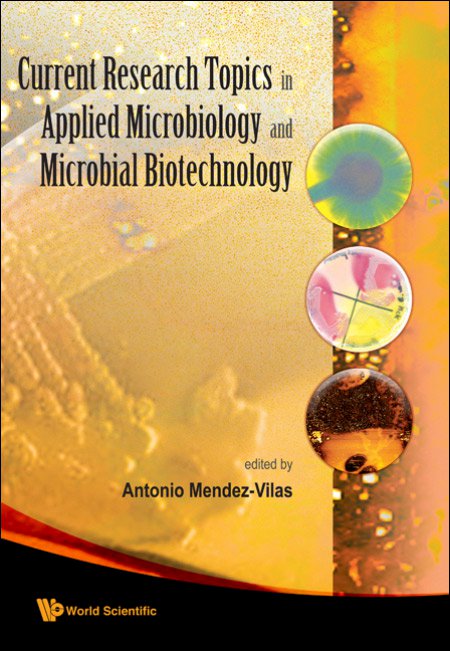Analysis of stability by elements at the proximal 3′-UTR of two KlCYC1 mRNAs
An important aspect to consider in the modulation of gene expression with biotechnological purposes is mRNA stability. The KlCYC1 gene has a long (1.2 kb) 3′-UTR region that can be used to modulate gene expression in yeast by the alternative use of its proximal or distal 3′-Untranslated Region [1, 2]. The stability of the two KlCYC1 transcripts was analysed in Saccharomyces cerevisiae puf3 and rpb1-1 mutants. When the puf3 mutant and the deletion of the UGUR element at positions (131-135) were combined, there was a two-fold increase in total KlCYC1 levels mainly due to the increase in the long transcript signal. After a cease of transcription (rpb1-1 mutant), the long transcript was stable for more than two hours while the short one for less than one. When the gene was expressed in the yeast Kluyveromyces lactis under hypoxic conditions, both transcripts were degraded faster than in the rpb1-1 mutant. These findings suggest the presence of different mRNA turnover mechanisms able to operate on KlCYC1 transcripts under different physiological conditions.



